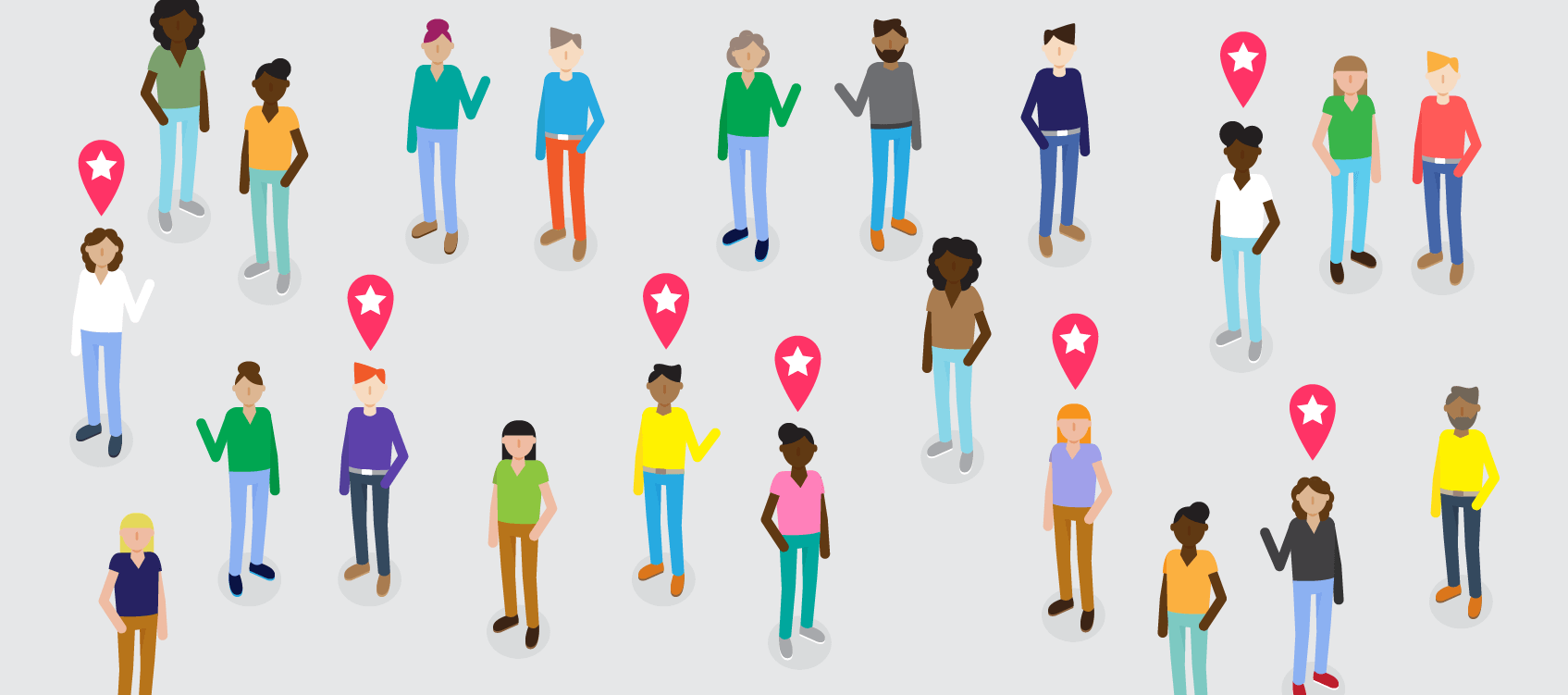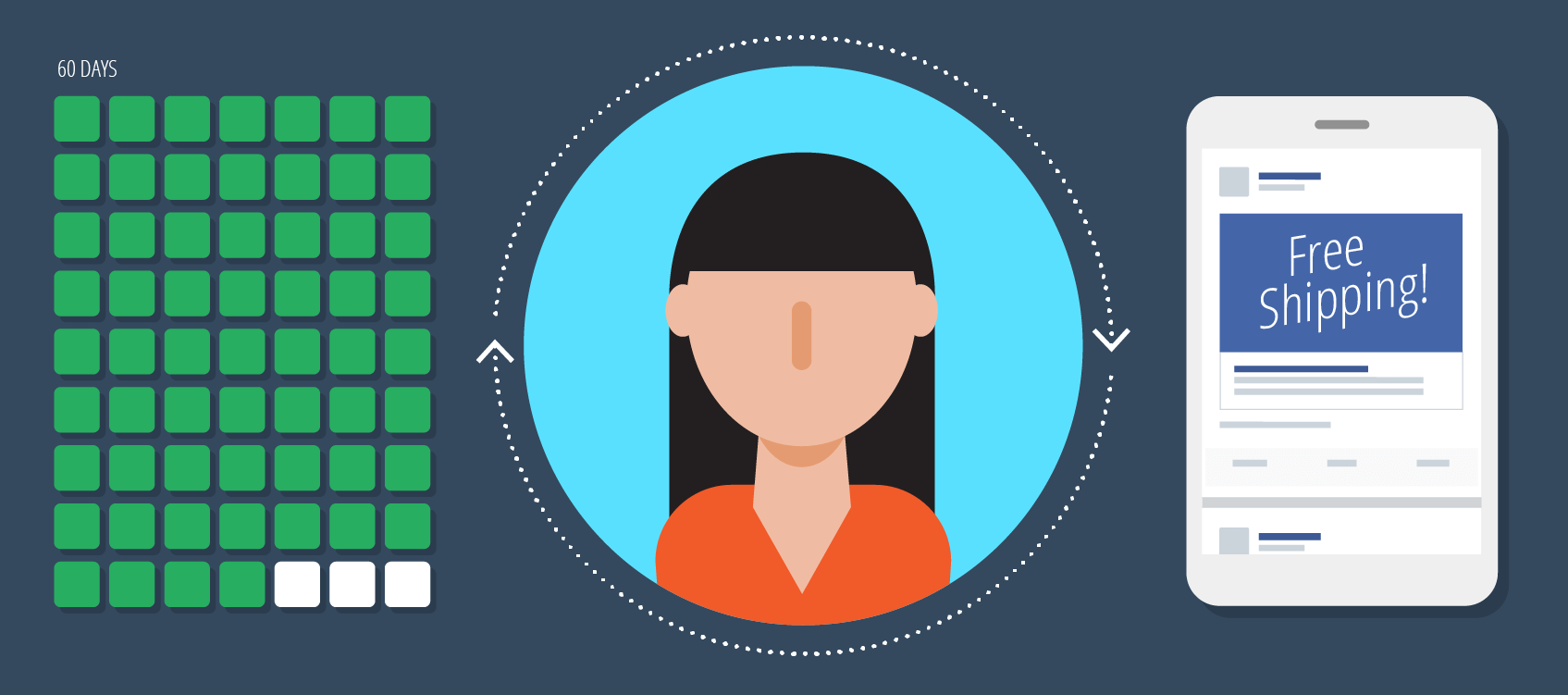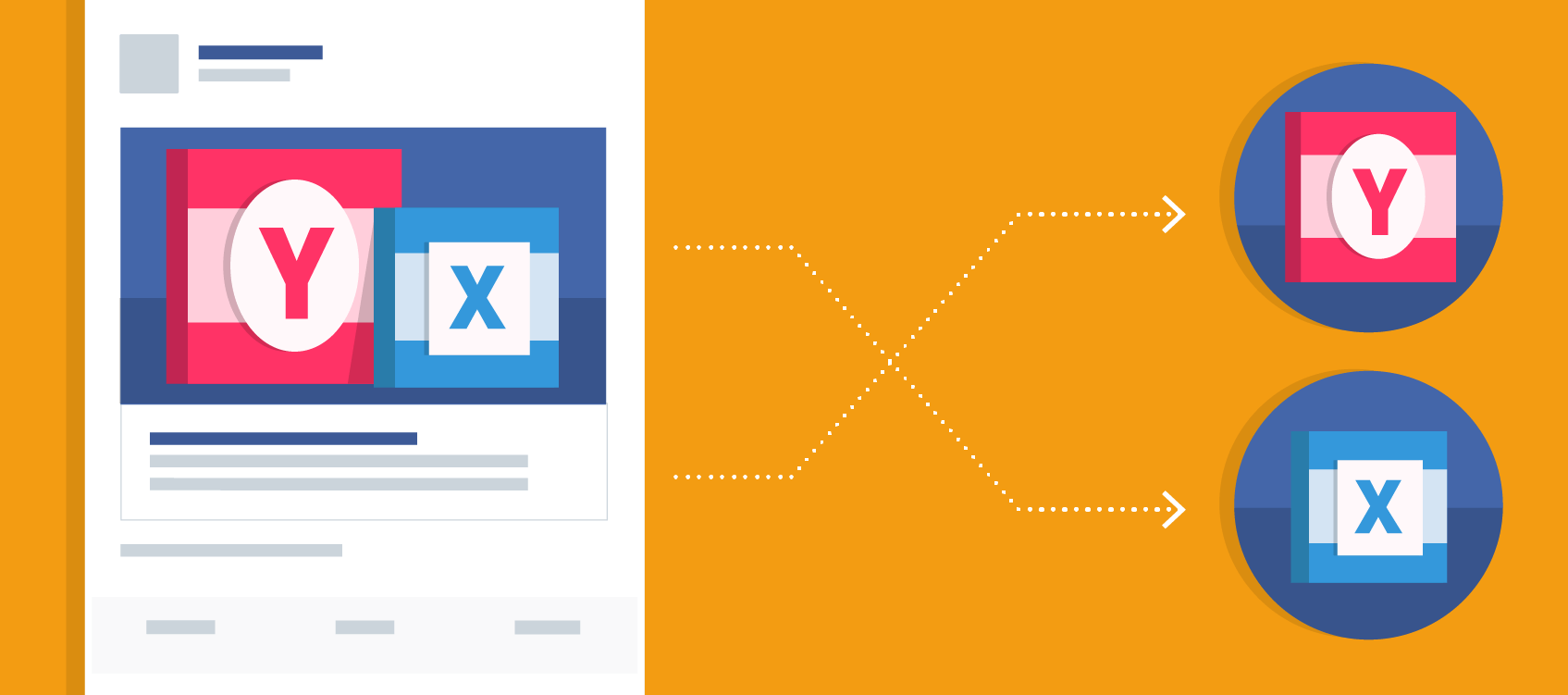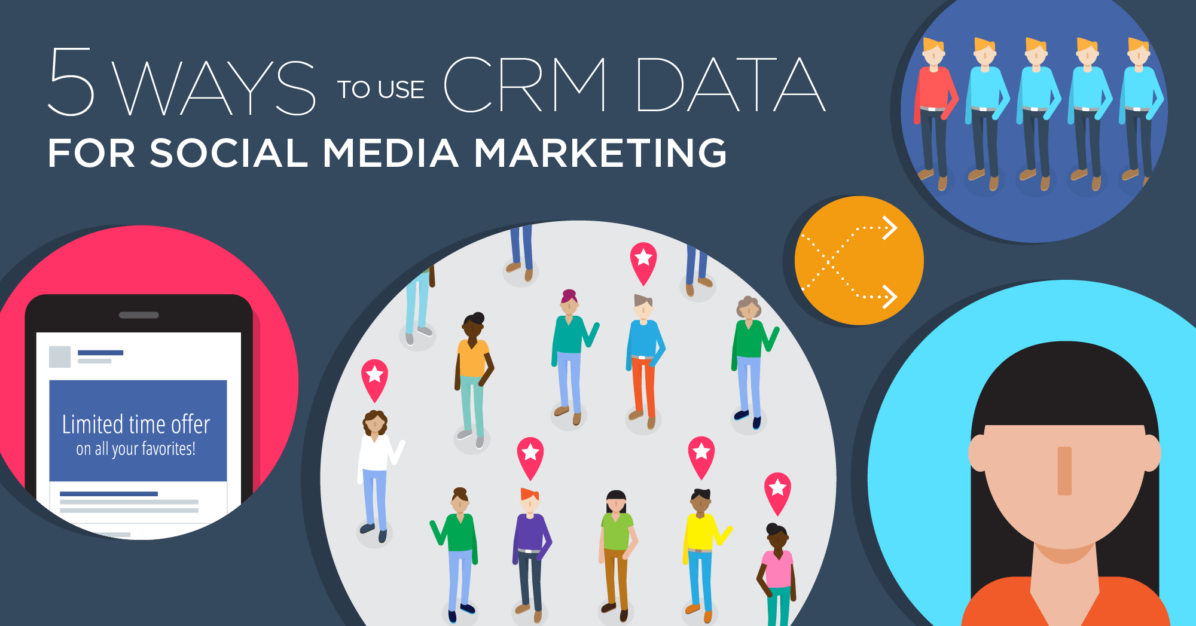What if I told you that you could increase your return on every single dollar of ad spend, without gaining one additional customer?
If this sounds too good to be true, I can tell you from experience that it’s not.
What I’m talking about is unlocking the true LTV of your customer. Interested? I thought so.
You’ve been sitting on a goldmine this entire time, and you didn’t even know it. Sure, you use your CRM data/customer lists to remarket and create seed audiences but why not go further?
Here’s how.
Identify your top customers
Regardless of the industry, a company is nothing without its customers.
Going by the Pareto rule, 20% of a company’s customer base often generates 80% of a company’s sales. Who are your most profitable customers?
If you don’t already know who these people are, then take a moment now to dive into the data and figure it out!

Here are a few resources to get your team started:
- MVCs: five metrics for identifying your most valuable customers
- Profit Driven Marketer: Who is Your Business’s MVC (Most Valuable Customer)?
Got it? Good! Let’s keep going.
Discover people similar to your top customers
Know who your customers are? Ok great! Now all you have to do is find more people just like them.
How? Simple! Build out some lookalike audiences using your top 10% or 25% of customers.
Not sure how to build a lookalike audience? Check out Facebook’s guide.

Depending on the size of your business you can layer on interest targeting that aligns with your target demographic, or harness these groups separately from your new lookalike audiences.
Isolate customers who haven’t purchased from you recently
You know your business better than anyone and likely know how long your typical customer waits before buying your product again.
For example, I’ve worked with many CPG clients who know that their product purchase cycle is around 60 days; while one of our restaurant clients has found that their clientele typically comes back once a month.

Once you find a timeline that makes sense (30, 60, maybe 90 days) look to reunite these customers with your brand by offering them special promotions such as free shipping, or unique offer codes for special discounts.
By identifying these customers from within your CRM, you can serve highly specialized offers exclusively to customers who would otherwise not be purchasing your products.
Identify “complementary” products
Facebook analytics and other analytics tools allow you to see who is buying what. Why not use this information to serve them with targeted complementary product ads?
A simple version of this strategy goes something like this; notice that a lot of customers buy product X+Y? Start to show product X buyers ads for Y, better yet bundle them together as a special promotion using an exciting placement like offer ads!

Questions about this? I’d be glad to go into more detail. Just drop me a comment below.
Use customer data to trigger personalized ads
By this point, you have identified how often people purchase and repurchase your products.
This is valuable information, but why wait for them to repurchase? Remind them how much they love your products, and help them out, let them know that they are getting low!

The customer is always right, but that doesn’t always mean that they know what they want. Look at Amazon Prime, 3 or 4 years ago few consumers would have said that they needed same day deliveries.
Today, Prime is in over 60% of American households, and many of us now cringe when we have to wait until next week to get our deliveries.
Serving customized and timely ads not only allows your customers to never be without your famous widget but also serve to encourage them to expand into some of your other offerings. Trinkets anyone?
The impact of using CRM for social media marketing
Remember, if you are fortunate enough to have an offline loyalty program or membership, Facebook, and other providers can help link that information to a customer’s online profile.
Connecting the dots between your offline and online purchaser data is certainly a topic in vogue at the moment, and for good reason. If you can convince even a tiny fraction of your online users to go offline, or vice versa, you will boost customer LTV and make them less likely to leave your brand for one of your competitors.
Facebook makes the entire process quick and easy. By leveraging your user data, you will boost customer LTV, improve advertising efficiency and ultimately get your products into the hands of more consumers.
Need some help? Let’s talk!
